SUMMARY
This is AI generated summarization, which may have errors. For context, always refer to the full article.
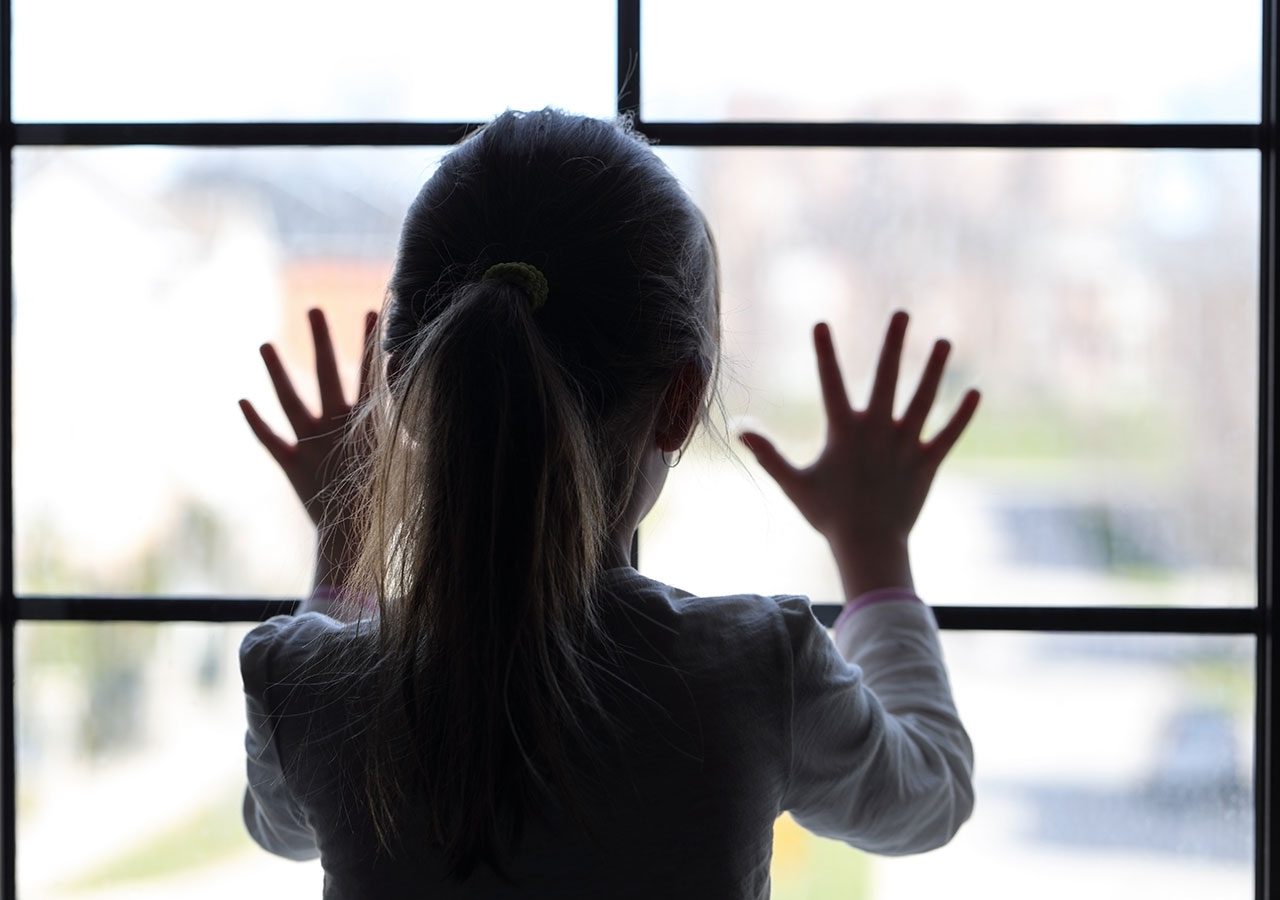
MANILA, Philippines – The Supreme Court (SC) on Tuesday, October 18, promulgated the Rule on International Child Abduction Cases, which would allow for the faster return of children wrongfully brought to the Philippines.
The SC’s promulgation, done in an en banc session, implements the Hague Convention on the Civil Aspects of International Child Abduction (HCAC) of 1980. The Philippines has been a party to the convention since 2016.
The convention provides a legal framework for securing the prompt return of children who were subjected to “wrongful removal or retention” back to the state of their “habitual residence.”
According to the convention’s scope, “Contracting States shall take all appropriate measures to secure within their territories the implementation of the objects of the Convention. For this purpose they shall use the most expeditious procedures available.”
For the rule to apply, the SC said the following conditions need to be met:
- The child must have been brought to the Philippines after leaving his or her habitual residence.
- The HCAC must be in force between the Philippines and the country alleged to be the child’s habitual residence.
The convention also provides for a maximum age of 15. It will cease to apply when the child reaches 16 years old.
Cooperation of authorities
The Philippine Department of Justice in February released Department Circular 10, which established the procedure in processes related to the 1980 convention. The DOJ is the “Philippine Central Authority” for the HCAC’s implementation in the country.
How will Philippine authorities implement the rule? These are some measures they are meant to take for a qualifying child in danger:
- Discover the whereabouts of a child wrongfully removed or retained.
- Prevent further harm to the child.
- Secure the voluntary return of the child, or to bring a resolution to the issues.
- Exchange information relating to the child’s social background.
- Initiate judicial or administrative proceedings to facilitate the child’s return.
- Provide legal aid and advice, including the participation of a legal counsel and advisers.
- Make necessary arrangements to secure the child’s safe return.
- Keep each other informed on the implementation of the convention.
Reports of children wrongfully brought from a foreign country to the Philippines are not easily accessible when subjected to quick online searches. Common themes involving trafficking in the Philippines include when Filipino children are subjected to online sexual exploitation and labor trafficking.
Some Filipino minors have also been trafficked out of the country to work in conflict-ridden areas, such as Syria, the Senate found in 2021.
The SC’s promulgation of the rule coincided with the first day of the Hague Conference on Private International Law (HCCH) Asia Pacific Week, held in Manila from October 18 to 20, in which the SC also participated.
“The goal of an efficient justice system is the general welfare of our respective citizens. At the international level, HCCH Conventions foster a kind of global citizenship,” Chief Justice Alexander Gesmundo said in the HCCH conference. – Rappler.com
Add a comment
How does this make you feel?
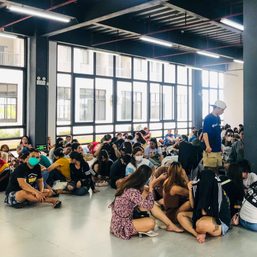
![[Free to Disagree] Arrest Quiboloy!](https://www.rappler.com/tachyon/2024/03/Free-to-disagree-arrest-quiboloy-March-11-2024-1.jpg?resize=257%2C257&crop_strategy=attention)
![[EDITORIAL] Kalaban mo ang mga senador na protektor ni Quiboloy](https://www.rappler.com/tachyon/2024/03/animated-quiboloy-kojc-senate-carousel.jpg?resize=257%2C257&crop=365px%2C0px%2C720px%2C720px)
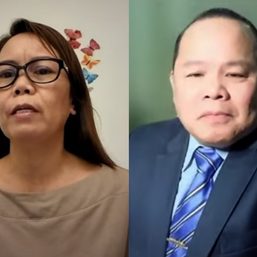
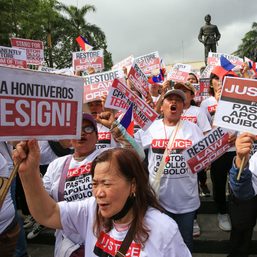
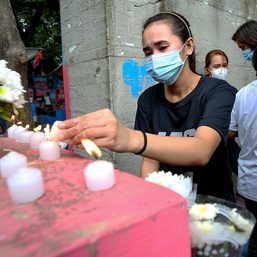
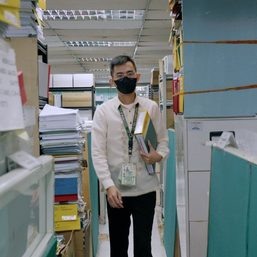
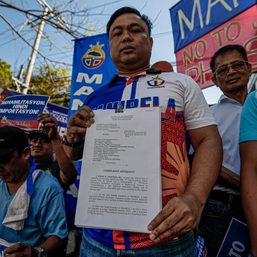
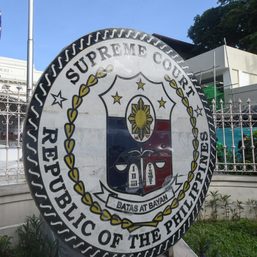
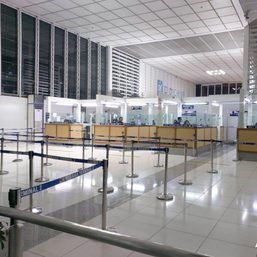
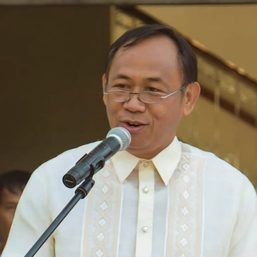
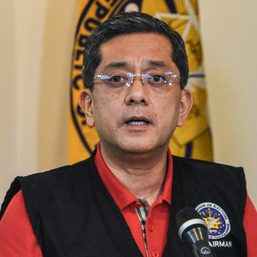
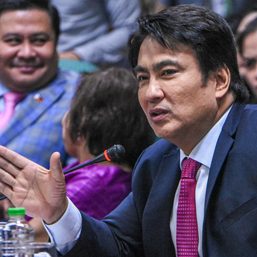
There are no comments yet. Add your comment to start the conversation.